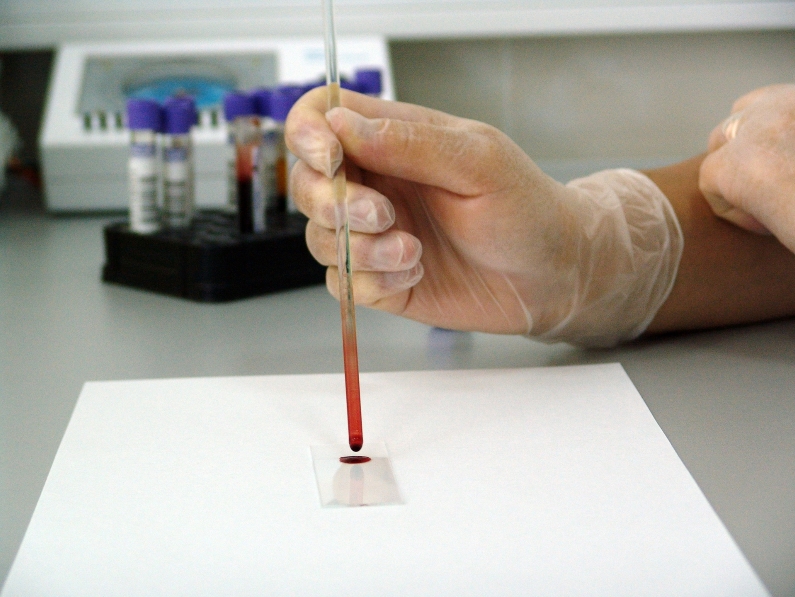Stem cell treatment has made leaps and bounds in research and applied medicine. While it remains a controversial issue, it is still phenomenally promising in the field of curing serious diseases.
But what exactly are stem cells, where do they come from, and how are scientists using them to treat sick human beings? And why are some people against it?
Let’s take a look.
How It Works
Stem cells are the body’s first cells – the master cells in which all the cells in the body come from.
Scientists grow these stem cells in the laboratory. These divide into daughter cells (more stem cells) or they can evolve into specialized cells, such as brain, heart, or muscle cells. Once they become specialized cells, doctors introduce them into the diseased organ of the patient.
These healthy specialized stem cells can then help to repair damaged tissue in that organ or regenerate healthy cells in that area.
Doctors then implant the specialized cells into a person. For example, if the person has heart disease, the cells could be injected into the heart muscle.
Regenerative Medicine
The field of regenerative medicine has become revolutionized with stem cell research and treatment.
We simply create healthy stem cells and introduce them into the body to replace diseased cells. With specialized stem cells, these can help to repair diseased cells or regenerate healthy cells in damaged tissues.
With organ donation being limited, stem cell therapy offers the promise of increased opportunities for organ transplantation as healthy cells can be introduced in lieu of a full healthy donor organ.

Adult Stem Cells
Adult tissue such as bone marrow or fat, holds adult stem cells.
These cells are in small numbers and can potentially evolve into specialized cells. For example, doctors can use a bone marrow stem cell to create a heart cell. Currently, scientists are conducting research (early phase clinical trials) in patients with neurological diseases and heart disease.
Scientists have also been using genetic reprogramming to physically alter adult cells so that their properties mimic embryonic stem cells. By altering the genetics of adult cells, we are reprogramming the cells’ pathways.
The benefit is that it may prevent immune system rejection of new stem cells, if we introduce reprogrammed adult stem cells. Scientists are still performing Clinical trials on reprogramming.
The Limitations of Stem Cell Treatment
It’s a simple fact that we covet embryonic stem cells because of its versatility and superior quality. We cannot alter adult stem cells to create every single cell type that embryonic stem cells can.
Ultimately, the number of diseases is limited that scientists can treat adult stem cells for. Once we expose our adult stem cells to the toxicities of the environment, we introduce the possibility of cell replication errors too.
The Great Debate
Embryonic stem cells are the main controversy. Scientists obtain these from embryos ranging from three to five days old. The body generates these embryos, called blastocysts, when a man’s sperm fertilizes a woman’s egg via an in-vitro fertilization clinic.
The embryos scientists use in research and treatment are the embryos that the body did not successfully implant. Donors give consent for these embryos so that scientists can use them in the laboratory just for these purposes.
The National Institutes of Health (NIH) came out with specific guidelines, stating that scientists using embryonic stem cells from via in-vitro fertilization must conduct research and treatment only after consent from donors. After a donor decide that these embryos will not be needed for human fertilization, scientists can proceed.
Despite the guidelines, we derive these stem cells from human embryos and therefore its still a heated topic of debate.
The Benefits
With regenerative medicine’s promise on the horizon, patients with type 1 diabetes, Parkinson’s and Alzheimer’s disease, cancer and stroke, heart disease, burn victims, and those with spinal cord injuries and osteoarthritis are all targets for being cured.
Researchers and scientists alike are gaining a better understanding of these diseases by observing how stem cells become specialized to certain organs. In new drug development, human stem cells are being altered into specific cells and tested with those new drugs to see its effectiveness. This is a huge field of study right now.
Stem cells from both amniotic fluid and umbilical cord blood have also been discovered and are being tested for its ability to evolve into specialized cells.
With these stem cells, doctors have successfully performed bone marrow transplants to counter the effects of chemotherapy, cancer, blood-related diseases like leukemia and lymphoma, and heart failure.

The Risks
While treatments are currently changing the face of medicine, the risks remain.
Researchers must be careful that the stem cells they use evolve into the specialized cell they want. There is also a risk for irregular cell growth, or spontaneous cell specialization into an undesired cell – such as generating a heart cell instead of a brain cell.
The other risk that still remains is an unwanted immune response in a recipient patient’s body. Sometimes the immune system will not recognize the introduction of stem cells properly and this triggers it to attack them as foreign bodies.
The Bottom Line
Researchers are heavily experimenting with both embryonic stem cells and adult stem cells in hopes of revolutionizing regenerative medicine and organ transplantation.
While stem cell treatment is controversial and still in the stages of becoming great, it is a promising area of study and has the potential to cure several debilitating and deadly diseases.
For more information on stem cell treatment, visit Mayo Clinic.







